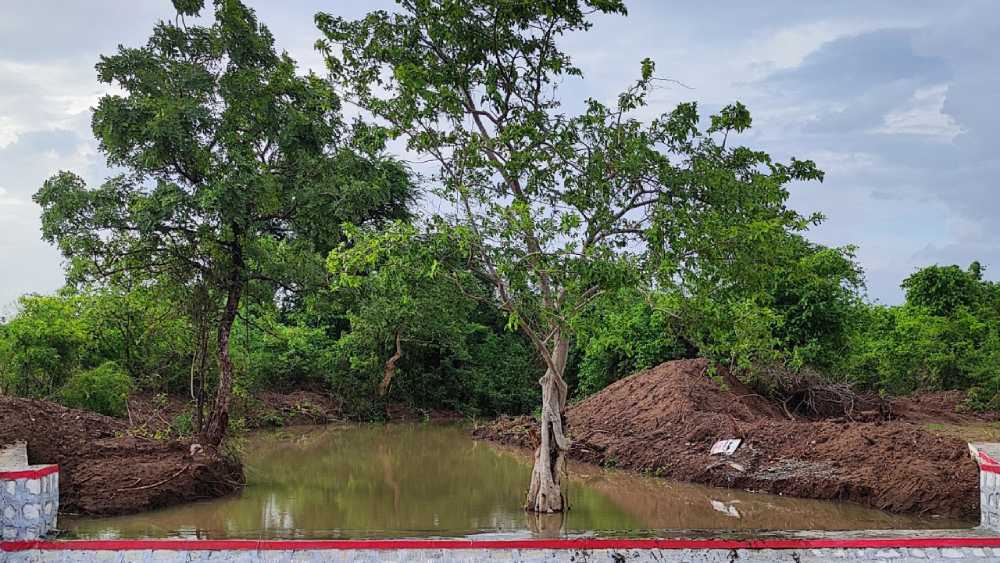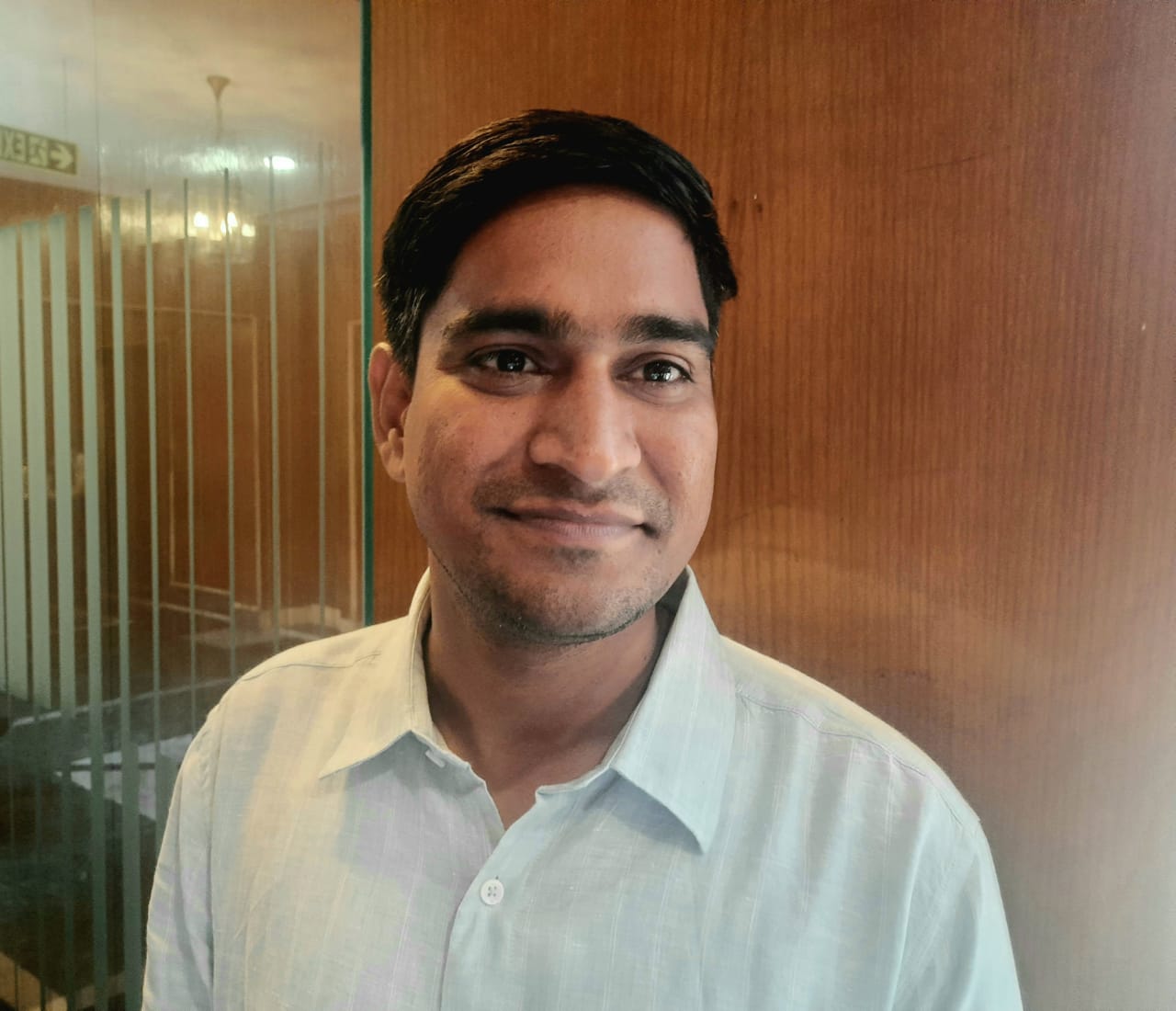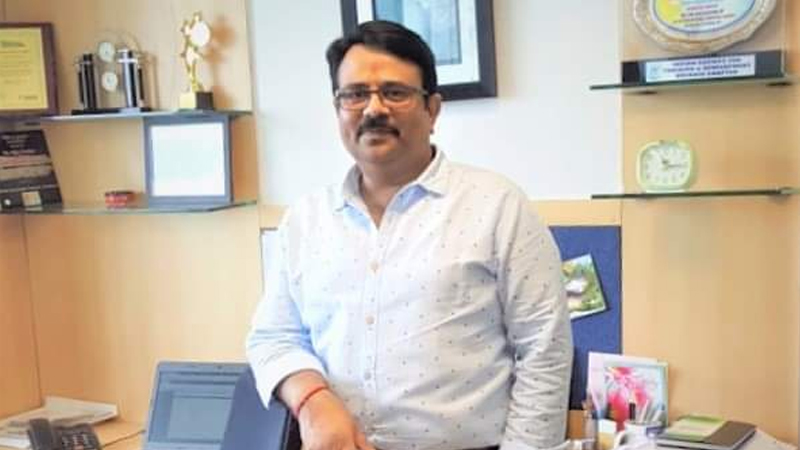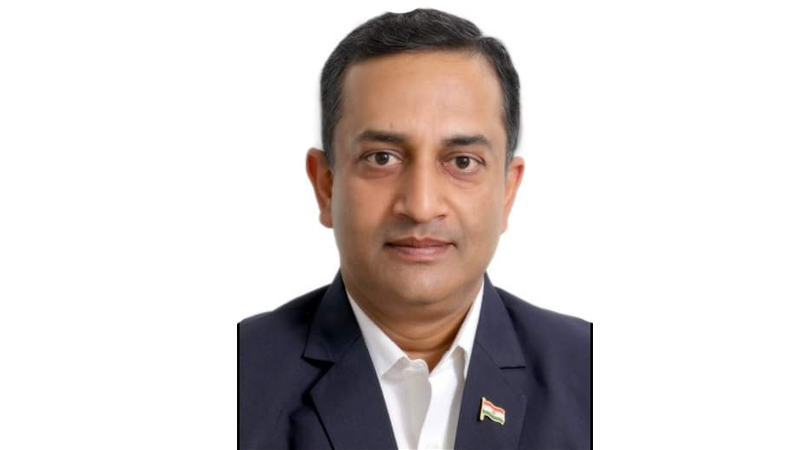Hasten Regeneration stands as a purpose-driven force tackling the dual crises of climate change and biodiversity loss. Anchored in nature-based solutions, the organization fuses environmental regeneration with economic advancement. Through a whole-systems approach, it revives degraded ecosystems while placing local communities at the heart of the solution. Its initiatives stretch from reforesting the fragile Himalayan foothills to restoring vital habitats across the Mumbai region—seamlessly integrating regenerative practices across forests, water bodies, soil, food systems, and energy infrastructures.
At the core of its strategy lies a commitment to high-integrity, scalable models that sequester carbon, foster biodiversity, and build resilient livelihoods. The organization confronts complex challenges head-on—ensuring fair compensation for ecosystem service providers and reducing the friction of coordination among diverse stakeholders. Backed by the fiscal sponsorship of Inquiring Systems, Inc., Hasten Regeneration continually pioneers ways to bundle regenerative technologies for optimal environmental and economic outcomes.
In an exclusive conversation with The Interview World during the Amazon Water Dialogues 2025, Sheeba Sen, Co-founder and CEO of Hasten Regeneration, delves into the organization’s flagship water regeneration initiatives. She evaluates the alarming state of India’s groundwater reserves, pinpoints systemic shortcomings, and presents targeted interventions to reverse the trend. More importantly, she emphasizes the urgency of fostering national discourse around water conservation and regeneration—urging collective introspection and strategic action.
What follows are sharp, insightful takeaways from her illuminating exchange—offering a rare glimpse into the vision driving one of India’s most impactful environmental movements.
Q: Can you elaborate on the flagship solutions and initiatives your organization has implemented to drive water regeneration across the country?
A: Hasten Regeneration operates as a full-spectrum project developer—conceiving, financing, managing, and executing initiatives that deliver transformative outcomes for the climate, biodiversity, and local economies. At the core of our mission lies a deep understanding: the crises of climate change and biodiversity loss are, fundamentally, water crises.
Whether communities face an excess or a scarcity of water, the underlying disruption remains the same. We view water as the central thread connecting ecological imbalance and socio-economic vulnerability. Therefore, we design and implement projects that not only attract financing but also deliver measurable impact—addressing water-related challenges as an entry point to broader environmental regeneration.
Our role is clear: bridge the gap between capital and climate action through solutions that restore balance across ecosystems while empowering the communities who depend on them.
Q: How do you assess the current state of groundwater in the country, and what strategic interventions are necessary to restore and sustainably manage this critical resource?
A: Yes, the groundwater crisis in India is well-documented. Nearly 60% of agricultural activity depends on it, and 85% of our drinking water comes from underground sources. So, the importance of groundwater isn’t up for debate—it’s a national lifeline.
What we must confront, however, is a deeper truth: the groundwater we use today is millions of years old. It took millennia to accumulate, but only decades to deplete. It’s some of the purest water on the planet, and yet, our current efforts to recharge it are woefully inadequate.
Why? Because our policies, regulations, and public financing—especially at the government level—remain focused almost exclusively on extracting water for irrigation, not replenishing it. Billions are still being spent on transporting surface water through canals to farmlands. But where is the equivalent mandate for recharging aquifers? It doesn’t exist. Without it, meaningful progress remains elusive.
Of course, CSR initiatives and corporate commitments play a vital catalytic role. They help raise awareness and fund pilot projects. But can they solve the problem at scale? Unfortunately, the math doesn’t support that hope.
We often pass the responsibility to communities, saying it’s their job to manage and conserve groundwater. But they lack both the financial capacity and economic incentive. What do they get in return for safeguarding a resource everyone depends on? At best, marginal water security. At worst, nothing.
And let’s be honest: when survival is on the line, a farmer will cut the last tree to cook dinner tonight. Likewise, he will extract the last drop of groundwater to save his crops today—regardless of what remains for tomorrow. That tomorrow is approaching fast.
We need a paradigm shift—one that prioritizes top-down investments in groundwater recharge. We must rethink the model, go beyond grants, and unlock private capital and debt financing, including funding from DFIs. Our role is to design investable projects, stitch together funding pathways, and create clear incentives for every stakeholder—from farmers to financiers.
The central question we ask: how can everyone involved make it economically worthwhile to save water, not just use it?
Q: Given that all stakeholders are now aware and aligned, what is the current situation on the ground, and how is that awareness translating into tangible action?
A: There is no shortage of awareness. In fact, I just returned from several field visits today, where I met with officers from the irrigation and groundwater recharge departments. Everyone understands the situation clearly. Yet, despite this awareness, the necessary actions are not taking place.
Q: What are the key reasons behind our shortcomings in this area?
A: We are falling short because incentives are missing. More importantly, political will is lacking—I say this candidly. Government officers have no motivation to prioritize this agenda. Likewise, residents face neither rewards for responsible behaviour nor penalties that drive change.
To ensure clean water, conserve resources, or adopt farming practices that enhance water percolation, we must establish clear incentives. These incentives should align with regulations that offer tax benefits or other tangible rewards. Ultimately, meaningful progress requires a top-down approach reinforced by market-driven mechanisms.
Q: Do you believe it’s time to establish a structured water economy to ensure sustainable management of this critical resource?
A: Water directly impacts ecology, communities, and quality of life. When a woman spends five hours daily collecting water, her health deteriorates, forcing the state to bear rising healthcare costs. She cannot care for her children properly, and they miss out on education.
This cycle results in an uneducated population. Contaminated water causes widespread health problems, stunting growth and economic progress. Without clean water, rural economies cannot thrive. In short, water scarcity and pollution harm the environment, undermine local economies, and weaken communities.
Q: Should there be a more concerted effort at this stage to bring water issues to the forefront of public and policy discourse?
A: Let me ask you—can you do anything without water? Can you hold this conference without it? Build infrastructure? Grow food? Construct roads? Simply live? Water is indispensable. Without it, how can we aspire to become a developed nation, improve quality of life, or lead globally? We must first ask: Where is our water? Where is our soil? How will we survive? How will we grow food? How will we breathe clean air? These are not mere basics; they are the fundamental building blocks of every economy.









